Service hotline
+86 0755-83975897
 en
en Release date:2025-02-24Author source:KinghelmViews:1238
Driven by the surge of technological advancement, every subtle innovation has the potential to disrupt entire industries. The MCX connector exemplifies such a miniature marvel that has sparked revolutionary changes in the realm of high-frequency communication. Not only does it defy physical limits with its astonishing compact size, but it also redefines the standards of RF connectivity with outstanding high-frequency transmission performance, becoming an indispensable "heart" in numerous high-tech devices.
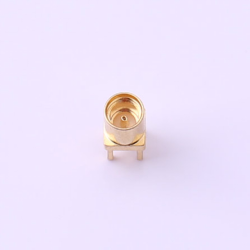
The MCX connector is a push-in coaxial connector characterized by its compact size and convenient, rapid RF connectivity. MCX connectors are available in two characteristic impedances: 50Ω and 75Ω.
According to the IEC169-8 standard, the dimensions of MCX connectors are:
● Thread diameter: 4.5mm (0.177 inches)
● Thread pitch: 0.5mm (0.02 inches)
● Outer diameter: 6.6mm (0.26 inches)
MCX connectors typically operate in the frequency range from DC to 6GHz, making them suitable for many high-frequency applications. Regarding operating voltage, MCX connectors can withstand voltages ranging from 150V to 335V, depending on the specific model and manufacturer.
The MCX connector is a miniature connector consisting primarily of a male plug and a female socket. Electrical signal transmission is achieved through metal contact between the plug and socket. When two MCX connectors are mated, the contact surfaces between the plug and socket form a circuit, enabling signal transmission. MCX connectors can employ single-ended or double-ended contact methods: single-ended connectors have one contact point between the plug and socket, while double-ended connectors have two contact points.
The magnitude of contact resistance directly impacts the quality and stability of signal transmission. To minimize contact resistance, MCX connectors utilize highly conductive metals such as gold, silver, etc. The plug and socket surfaces are typically gold-plated to enhance conductivity.
1. Similarities:
Both MCX and MMCX connectors are miniature coaxial connectors designed for compact spaces and high- frequency applications, commonly used in RF applications such as Wi-Fi devices, mobile phones, GPS devices, etc.
2. Differences:
● Connection method:
1. MCX connectors typically use a twist-lock mechanism, which is easy to connect and disconnect, suitable for applications where frequent mating and unmating are required.
2. MMCX connectors use a snap-on locking mechanism, providing a more secure connection suitable for applications requiring greater reliability.
● Performance:
1. MMCX connectors generally offer better performance than MCX connectors in high-frequency applications, especially above 6 GHz, with lower performance degradation.
With the rapid growth of consumer electronics, automotive electronics, and communication terminal markets, and the continuous transfer of global MCX connector production capacity to Asia and China, Asia has become the region with the greatest potential for development in the MCX connector market, and China is poised to become the fastest-growing and largest capacity market for MCX connectors globally. It is estimated that the growth rate of China's MCX connector market will continue to exceed the global average, with an annual growth rate reaching 15%.
MCX connectors have emerged as leaders in the high-frequency communication field, owing to their excellent performance and broad application prospects. They have not only reshaped the standards for RF connections but also injected powerful momentum into technological advancement and industrial upgrading. We have every reason to believe that in future developments, MCX connectors will continue to lead the innovation wave in high-frequency communication, achieving even greater achievements.
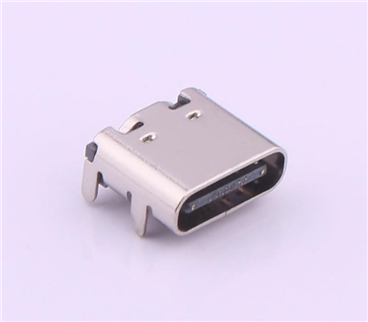
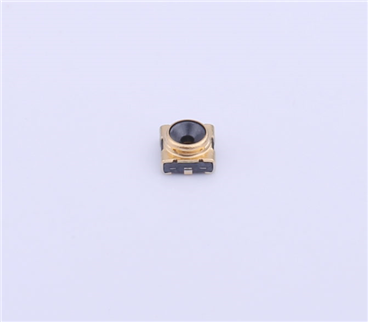
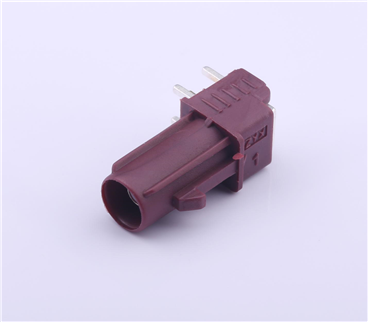
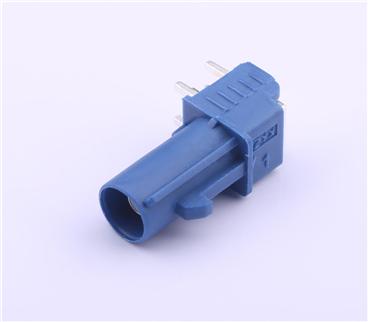
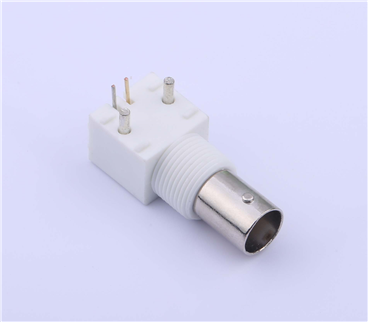
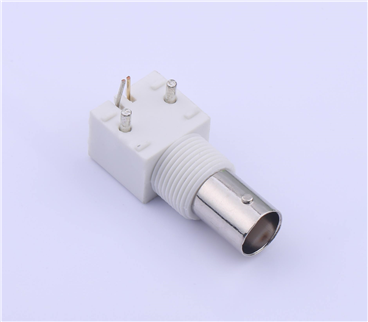
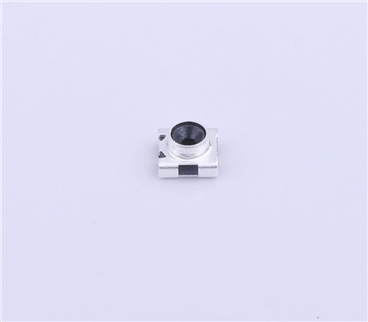
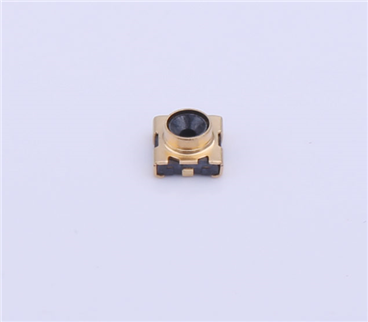
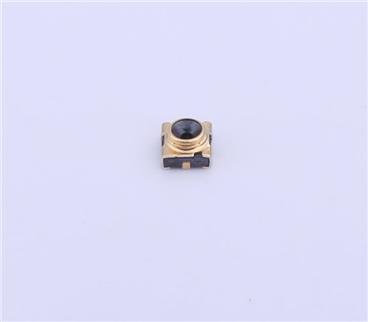
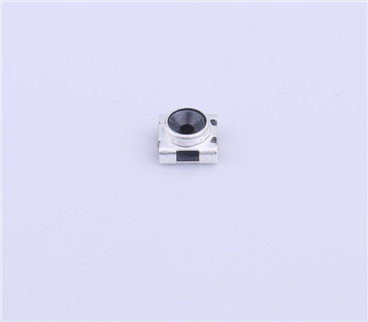
Copyright © Shenzhen Kinghelm Electronics Co., Ltd. all rights reservedYue ICP Bei No. 17113853
